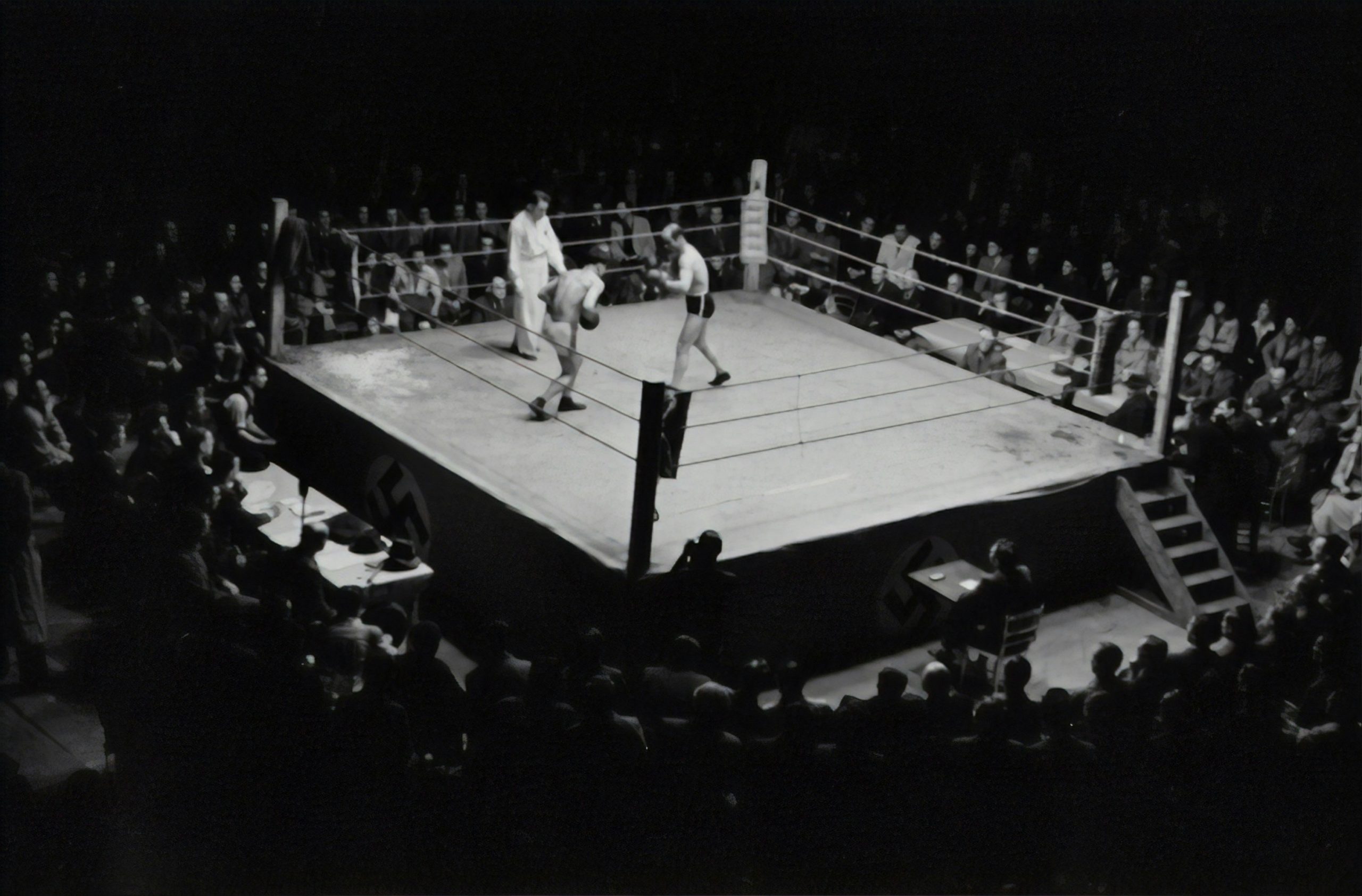Effective Strategies for Developing Athletic Programs
Athletic programs are vital components of educational institutions, community centers, and professional sports organizations. Developing a successful athletic program requires careful planning, strategic implementation, and continuous evaluation. Whether you are starting a new program or revitalizing an existing one, certain key strategies can significantly enhance its effectiveness and impact.
1. Establish Clear Goals and Objectives
Define the purpose and mission of your athletic program. Are you aiming to promote health and wellness, foster community engagement, or cultivate elite athletes? Clearly articulated goals provide a roadmap for all stakeholders involved.
- Example: The University of Oregon’s track and field program emphasizes both competitive success and personal development, aiming to produce world-class athletes while maintaining high academic standards.
2. Build a Strong Organizational Structure
Structure your program with clear roles and responsibilities. This includes hiring qualified coaches, support staff, and administrators who align with your program’s mission. Encourage collaboration and communication among team members.
- Case Study: The New England Patriots’ football program is known for its robust coaching staff and support network, which includes sports psychologists, nutritionists, and physical therapists, all contributing to the team’s success.
3. Invest in Facilities and Equipment
Quality facilities and equipment are essential for athlete development and safety. Allocate resources to maintain and upgrade facilities regularly. Ensure that equipment meets safety standards and supports the specific needs of your athletes.
- Quote: “Athletes perform best when they have access to state-of-the-art facilities that support their training regimen and overall well-being.” – Sports Facility Management Magazine
4. Develop Comprehensive Training Programs
Design training programs that cater to the developmental stages and goals of your athletes. Incorporate strength and conditioning, skill development, mental resilience training, and injury prevention strategies into your curriculum.
- Example: The Barcelona Soccer Academy integrates technical skill training with tactical understanding from a young age, focusing on holistic player development.
5. Foster a Positive Team Culture
Culture shapes the identity and performance of your athletic program. Encourage values such as sportsmanship, respect, perseverance, and teamwork. Celebrate successes and learn from setbacks as a cohesive unit.
- Case Study: The San Antonio Spurs basketball team is renowned for its “team-first” culture, emphasizing humility and collective achievement over individual glory, which contributes to their sustained success.
6. Engage with the Community
Connect your program with the broader community to increase visibility and support. Organize outreach events, collaborate with local schools, and involve alumni and sponsors. Community involvement fosters pride and generates resources for your program.
- Quote: “Athletic programs that engage with their communities build strong networks of support and inspire future generations of athletes.” – Community Sports Development Network
7. Evaluate and Adapt Continuously
Regularly assess the effectiveness of your strategies through performance metrics, athlete feedback, and stakeholder input. Adapt programs based on data-driven insights to enhance outcomes and address evolving challenges.
- Example: The US Olympic Committee conducts regular performance reviews across all sports to identify areas for improvement and allocate resources effectively, ensuring continuous development and success.
Conclusion
Developing a successful athletic program requires dedication, strategic planning, and a commitment to excellence at every level. By establishing clear goals, building a strong organizational structure, investing in facilities, designing comprehensive training programs, fostering a positive team culture, engaging with the community, and embracing continuous evaluation, programs can thrive and achieve long-term success.
Implementing these strategies not only enhances athletic performance but also enriches the lives of athletes and communities, leaving a lasting legacy of achievement and inspiration.




